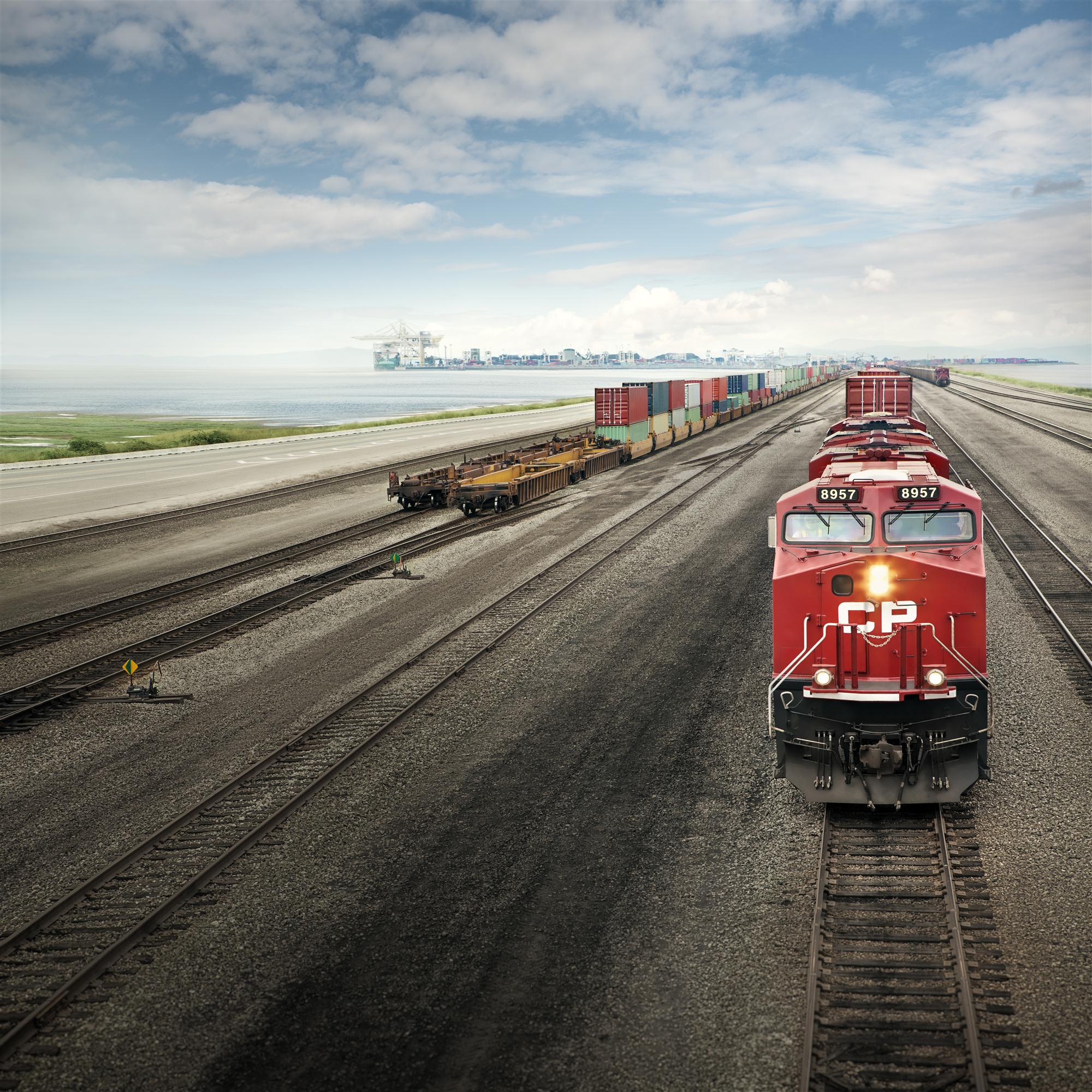Hunter Harrison continues to rock the boat. The prolific chief executive of Canadian Pacific Rail (CP) has unleashed a second attempt to overturn the balance of rail services in North America by proposing a merger to create a coast-to-coast operator that would stand head-and-shoulders above the competition, but this time with a different partner.
Having been turned down by CSX a year ago, CP is back on the mega-merger track with a US$28 billion offer for Norfolk Southern (NS). Like CSX and CP, NS is one of seven Class I railroads in North America.
In a letter to NS chief executive James Squires which was subsequently made public, Harrison tabled his US$28 billion offer and argued that it would create an all-win situation for both partners as well as their shareholders and their customers.
“We believe that combining our two great organizations will allow us to form an integrated transcontinental railroad with the scale and reach to deliver unprecedented levels of safety and service to our customers while also creating competition and significant shareholder value,” wrote Harrison.
“The business combination we are proposing allows both franchises to enhance their potential in terms of market reach, it allows shippers and customers the opportunity for faster transit times and premium service, and we think it will maximize value for shareholders,” he elaborated.

“A combined network will also lead to faster growth for the new entity versus what either of us would be able to achieve on our own and, importantly, would create a larger, more diversified book of business less dependent on volatile commodities such as crude oil or thermal coal.”
According to CP, the merger would generate synergies of around US$1.8 billion over several years, in addition to savings gained from smoother flows, especially by avoiding the chronic rail bottleneck of Chicago. By creating fluid routes through under-utilized hubs and avoiding the most congested transit points in the area, the pair could generate considerable cuts in transit times and, by extension, further cost savings, the Canadian rail outfit argued.
It had used the same argument in its bid to woo CSX 13 months earlier.
NS management, which has described the offer as “unsolicited, low-premium, non-binding, highly conditional,” has refrained from comment other than stating that it would review it and that such a deal would face “significant regulatory hurdles.”
The US rail giant’s shareholders may find the offer – a 50% cash and 50% stock transaction – tempting in light of recent results. Net income in the third quarter fell to US$452 million from US$559 million 12 months earlier, which NS management blamed chiefly on softer market conditions. The operating ratio was up from 67% to 69.7%.
CP, which tabled a 10% rise in operating income in the third quarter, reported that its operating ratio improved 290 basis points to a record low for the period of 59.9%.
The US Surface Transportation Board, which has to give its blessing to a merger if NS endorses the CP proposal, will not pay much heed to CP’s improvements in operating ratio since Harrison took the helm in 2012.
The last time it was confronted with a mega-merger rail proposal – when Canadian National and Burlington Northern Santa Fe sought to create a pan-North American venue in 1999 – the board took two years to examine it and then shot it down. In addition, it formulated new merger guidelines that put the onus on rail companies to prove that proposed marriages would be good for competition. Since then, Class I railroad executives have been at best lukewarm in statements on consolidation in the industry.
Not surprisingly, top brass at CP do not share this stance. According to chief operating officer Keith Creel, “when it comes to consolidation, it’s not if, it’s when.”
Most observers have signalled profound scepticism that a CP-NS marriage would go forward. A frequently voiced argument is that the current landscape – with two Class I railroads in the eastern US, two in the west, one in the middle, and two in Canada – constitutes a balanced and relatively stable constellation that could be completely upset if one mega-merger were allowed to go through.
By Ian Putzger
Correspondent | Toronto




